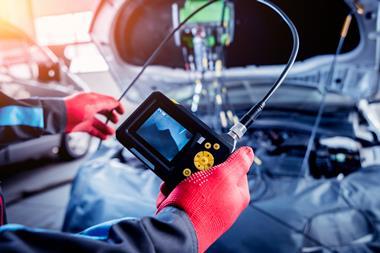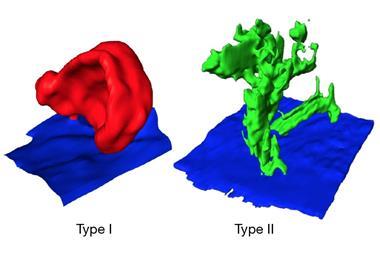Analytical progress helps batteries shed their black box image
Often described as the ‘holy grail of energy storage’, researchers have been tinkering with lithium metal batteries since the 1970s. Lithium’s high energy storage capacity, low density and low electrochemical potential makes it the ultimate material for battery electrodes. Safety and performance issues, however, have put the kibosh on lithium metal batteries.
Uncontrolled growth of lithium dendrites is the number one challenge plaguing lithium metal batteries. Dendrites that grow on the anode when the battery charges can cause an internal short circuit and, in some cases, have explosive consequences. To complicate matters further, dendrite growth is not the result of a single process. But research into dendrite growth is gaining momentum.
A study we covered back in August didn’t just uncover a new class of dendrites, it also showcased cryo-STEM, a technique more commonly used for structural biology research, as a powerful technique for investigating battery degradation.
Cryo-STEM isn’t the only technique that the battery community has adopted from biological research. Techniques like high-resolution x-ray tomography and magnetic resonance imaging are providing new insights into battery microstructures.
The interfacial nature of batteries means in situ and in operando techniques are far more likely to yield useful insights than ex situ ones, which, although cheaper and more accessible, lack accuracy because of post-treatment processes and time-delays.
Mapping local chemical and structural variability in a battery while it’s functioning is obviously preferable to cracking open a battery and exposing air-sensitive components, so I’m excited that the field of in operando characterisation is prospering. In operando nuclear magnetic resonance, for example, has already revealed reversible, as well as irreversible, changes to a battery’s composition, shape and morphology over hundreds of charge–discharge cycles. Saying that, it’s worth remember that no single analytical technique will deliver all the answers. In combination, however, they’re opening up the battery black box and revealing what makes them tick in unprecedented atomic detail.
Understanding a problem isn’t the same as solving it, however. But if batteries are going to power our vehicles and keep the lights on when the wind isn’t blowing and the sun isn’t shining then the more scientists know, the better equipped they’ll be to make the batteries of the future.












No comments yet